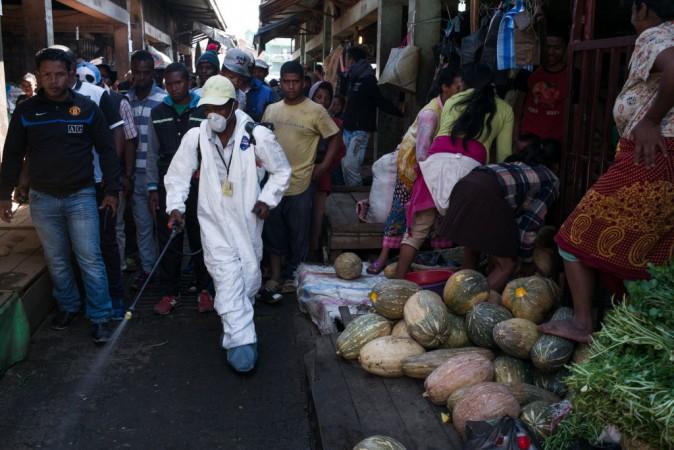
The outbreak of deadly plague — christened Black Death by many — in Madagascar has claimed the lives of more than 170 people, according to the official figures.
The outbreak started in August and infected more than 2,000 people in Madagascar, the World Health Organization has said. It is described as the "worst outbreak in 50 years."
At least 10 African nations have been put on high alert over fears regarding the spread of the plague, with WHO ordering nine to step up preparations.
The speed with which the plague is spreading is alarming, and people are worried that the Black Death will eventually hit the US, Europe and Britain.
So, what is Black Death?
The Black Death is a widespread plague infection that peaked in Europe between 1346 and 1353. It was one of the most devastating pandemics in human history, claiming the lives of around 75-200 million people in Eurasia.
It is caused by the Yersinia pestis bacteria — commonly present in populations of fleas carried mostly by ground rodents in various areas like Central Asia, Western Asia, Northern India, Kurdistan, and Uganda.
Generally, people contract the plague when an infected rodent or flea bites them. But the germ can also travel from person to person through air. The disease has an extremely high fatality rate and is very infectious.

Symptoms
The World Health Organisation describes the plague symptoms as "flu-like". However, since there are three forms of plague — bubonic plague, septicemic plague and pneumonic plague — there are different symptoms for each of them.
It is to be noted that septicemic plague is the least common of the three types, with the mortality rate of nearly 100 percent, while the most common one is bubonic.
Bubonic plague
People suffering from bubonic plague show symptoms of fever and headache. They also suffer from muscle pain, general weakness and seizures. In some cases, they may also experience painful lymph nodes and it may even turn into pus-filled open sores.
Pneumonic plague
People suffering from pneumonic plague have chest pain, cough, fever, breathing problem and bloody sputum.
Septicemic plague
Infected people experience abdominal pain, nausea, diarrhoea and vomiting, and their skin turns black. The symptoms start showing within two to seven days after exposure.
Treatment and precautions
If the Black Death is diagnosed in time, it can be easily treated. Antibiotics are most effective when given early in the course of the disease.
As a precaution, it is important that people suffering from pneumonic plague are isolated while they are being treated to avoid spreading the infection further.
The WHO has pledged £3.8 million to combat the spread of the plague in Madagascar. It will be used in recruiting more medical personnel in the area, for disinfecting the buildings where treatment is being carried out and for fuel for ambulances.















